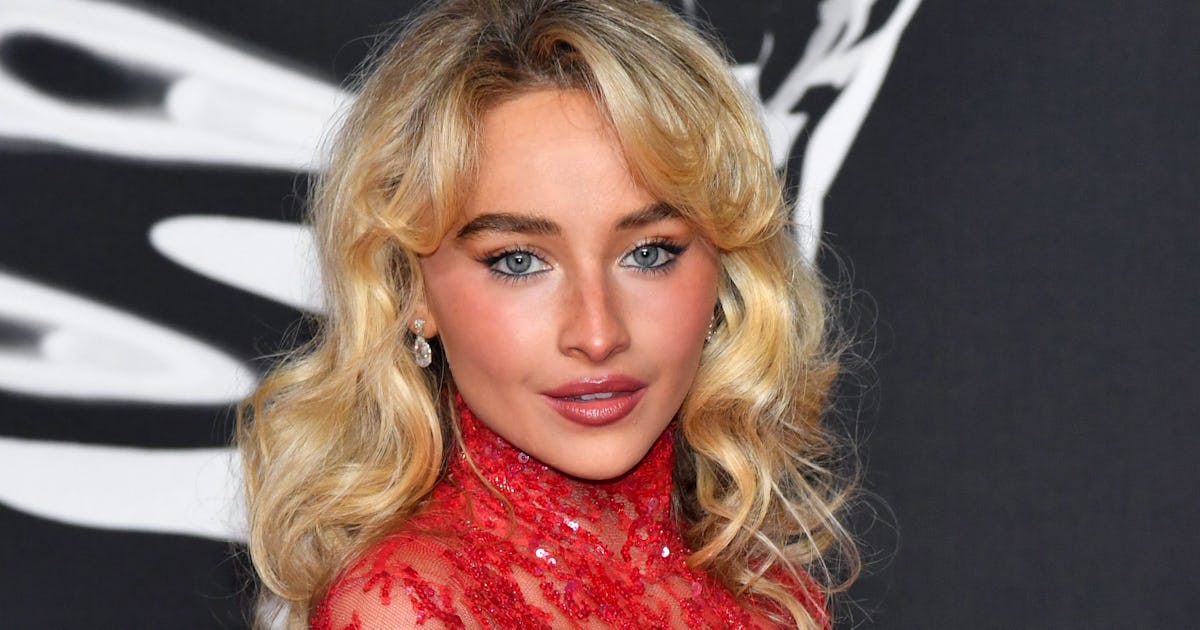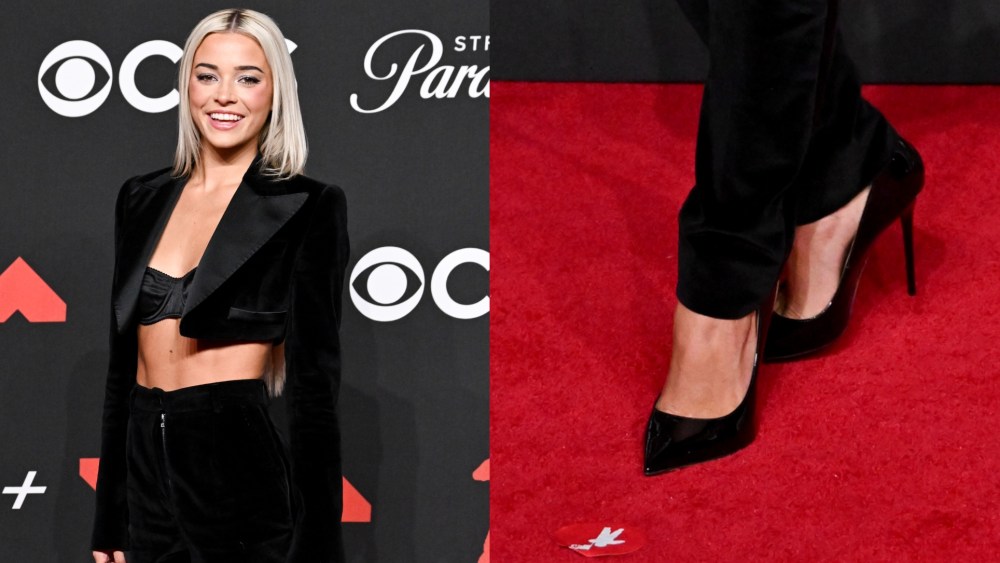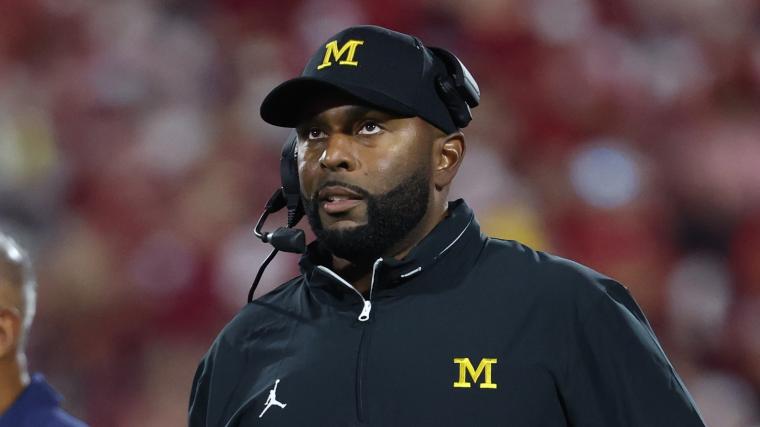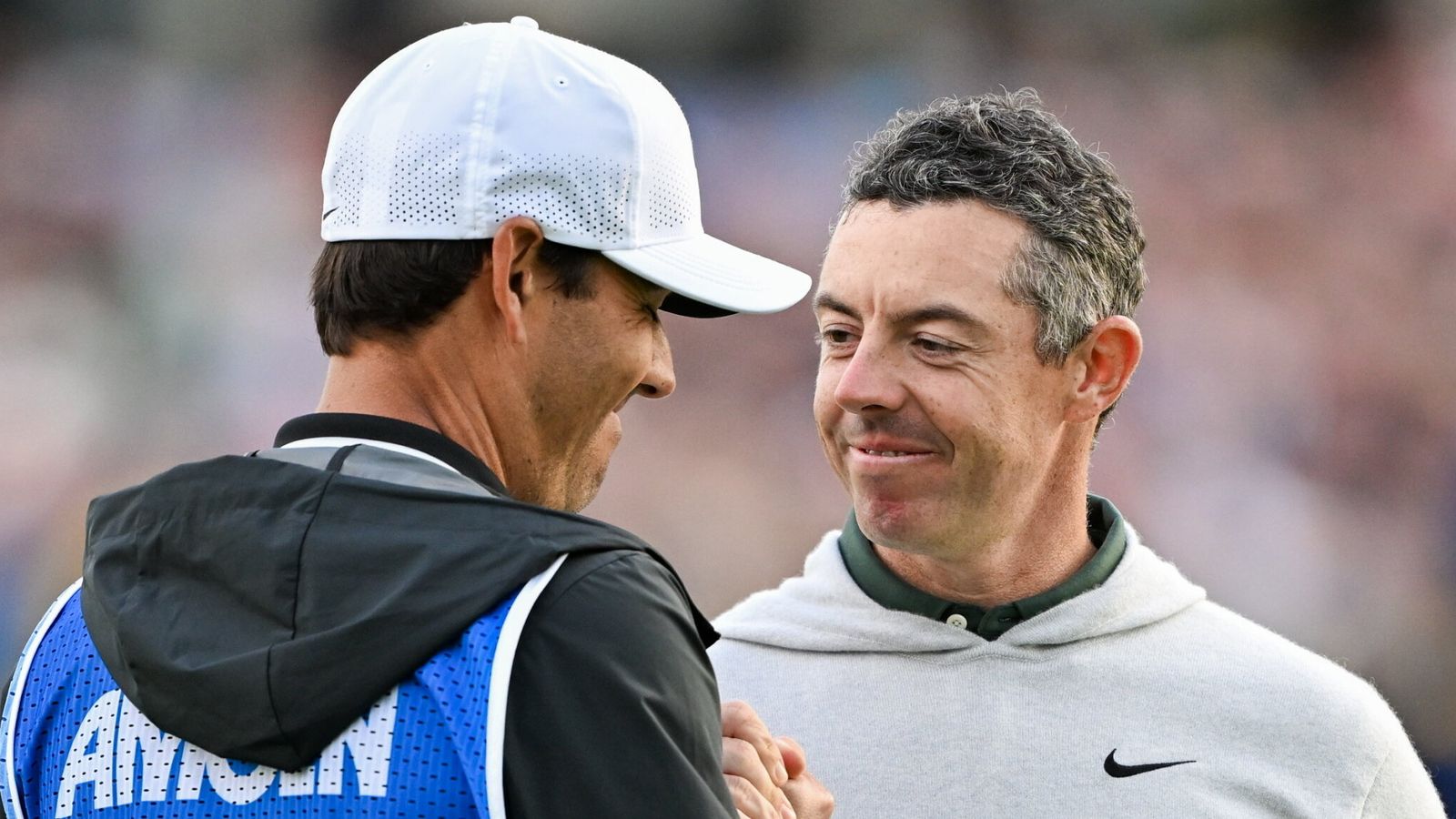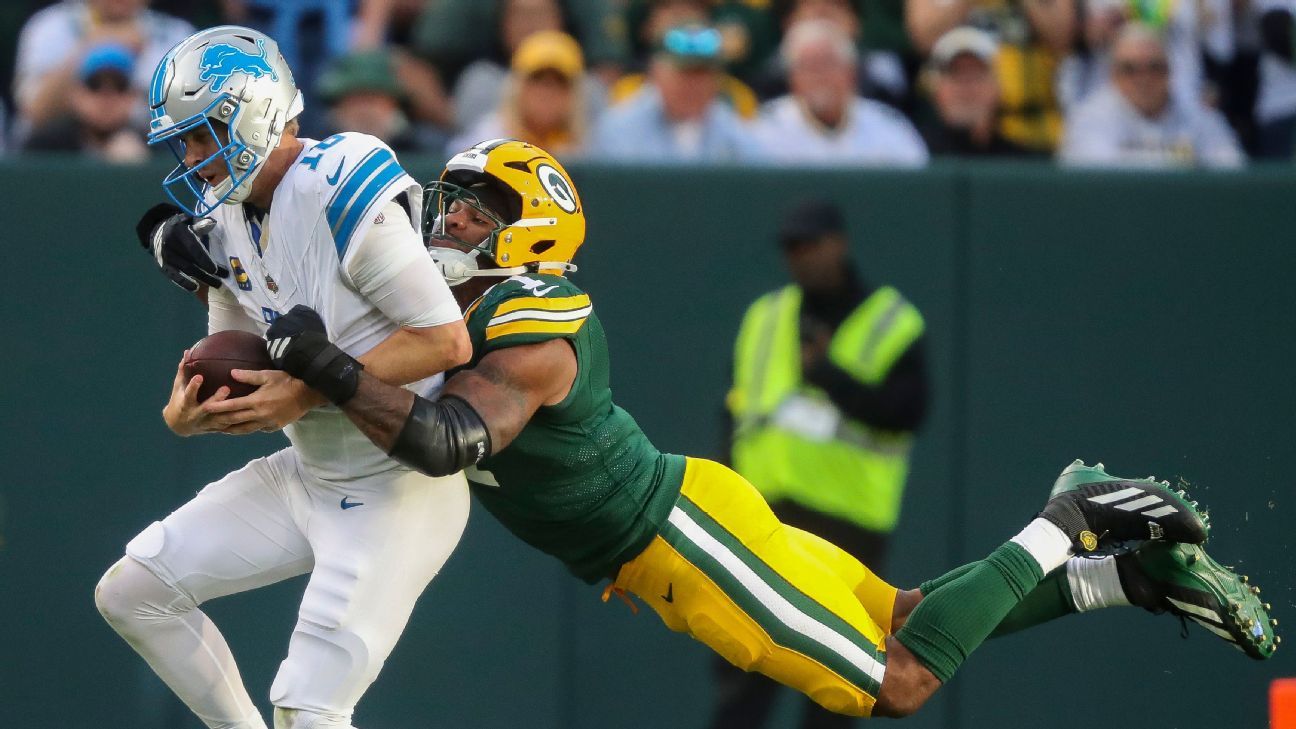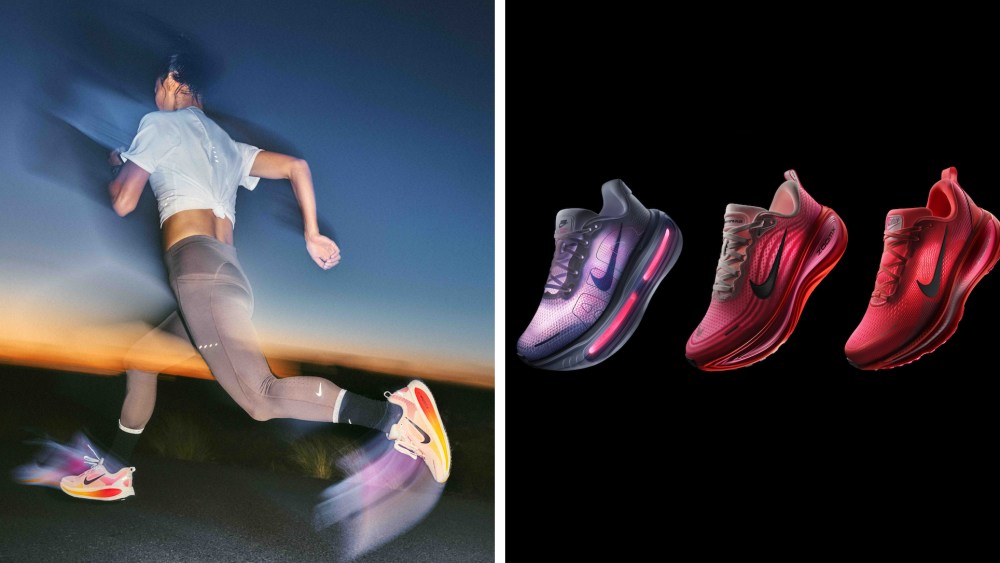
Nike Inc. turnaround is going to take time, but at least its challenges are understood.
That’s the conclusion from BMO analyst Simeon Siegel. He has an “outperform” rating on shares of Nike, with target price of $92. Shares of Nike are currently trading in the $72.50 range.
Like every company, tariffs and sourcing disruptions are top of mind at Nike — which has significant exposure globally, but also major negotiating power with factory and supply chain partners.
Siegel’s check on Nike’s fourth-quarter regulatory filing with the Securities and Exchange Commission found that Nike footwear is supplied by 97 factories in 11 countries, versus 96 across 11 countries last year. Vietnam was the largest producer at 51 percent, Indonesia at 28 percent and China at 17 percent. Four footwear manufacturers represented 59 percent of Nike brand footwear production, versus 57 percent last year.
In apparel, Nike works with 303 factories in 34 countries, versus 285 across 33 countries last year. Vietnam was the brand’s largest apparel supplier at 31 percent, followed by China and Cambodia, each at 15 percent. The top five apparel manufacturers represented 51 percent of Nike brand apparel production.
As Nike rebuilds its wholesale business and clears excess inventory, the company has also been refining its pricing strategy.
Average selling prices (ASPs) for footwear were down 3 percent for the year, or flat in Q1, down 5 percent in Q2, down 1 percent in Q3, and down an estimated 6 percent in Q4. All selling regions except Greater China posted larger ASP declines in the fourth quarter versus the full year.
Apparel ASPs were flat for the year, or up 3 percent in Q1, down 2 percent in Q2, down 1 percent in Q3, and up an estimated 1 percent in Q4. North American and EMEA (Europe, Middle East and Africa) saw ASPs decline for the year (down 1 percent and down 3 percent, respectively), while Greater China and APLA (Asia Pacific and Latin America) grew (up 5 percent and up 2 percent, respectively).
Nike’s fourth quarter direct-to-consumer (DTC) sales fell 14 percent year-over-year, and its EBIT (earnings before interest and taxes) margin contracted more than 900 basis points. The BMO analyst noted that while foreign exchange rates could have had an impact, it found that North American sales were similar, with DTC dollars also down 14 percent, and the EBIT margin contracting about 550 basis points.
Overall, inventory is on the rise, with Nike ending the year up 9 percent year-over-year. That compares with year-ago inventory levels that were down 11 percent. Nike’s Converse brand ended the year with inventory down 8 percent. And separately, its Jordan brand’s revenue of $7.27 billion for the year was down 16 percent from $8.70 billon in the prior year.
Nike on June 26 posted fourth quarter results that saw net income at the Beaverton, Ore.-based firm fall 86 percent to $211 million from $1.5 billion in the year-ago period. Net sales were down 12 percent to $11.1 billion from $12.61 billion. Shares at the time were trading at the $62 range.
Nike management also guided first quarter sales above Wall Street’s consensus estimate, which Siegel said last month marked the “first above-Street guide since the fourth quarter of 2023.” He said management noted encouraging signs that included stronger wholesale order books, progress in Nike’s classics franchise management, and running momentum.
Nike CEO Elliott Hill told investors in the firm’s fourth quarter earnings call that the worst is over, noting also that numbers were already showing improvement in running. He said Nike Running grew by “high single digits” in the quarter, citing also the success of the Vomero 18 shoe, which had already grown into a $100 million franchise following its February launch. Three specialty retailers who spoke with Footwear News confirmed that the Nike Running comeback is real, with the Vomero 18 the top seller. And with the Vomero 18 putting Nike Running back on the map, it will soon be joined by the Vomero Plus and Vomero Premium.
And earlier month, Nike made a change at its challenged Converse division, naming 21-year company veteran Aaron Cain to the top post. Cain succeeds current brand CEO Jared Carver.
#Heres #Nikes #Findings #Revealed

